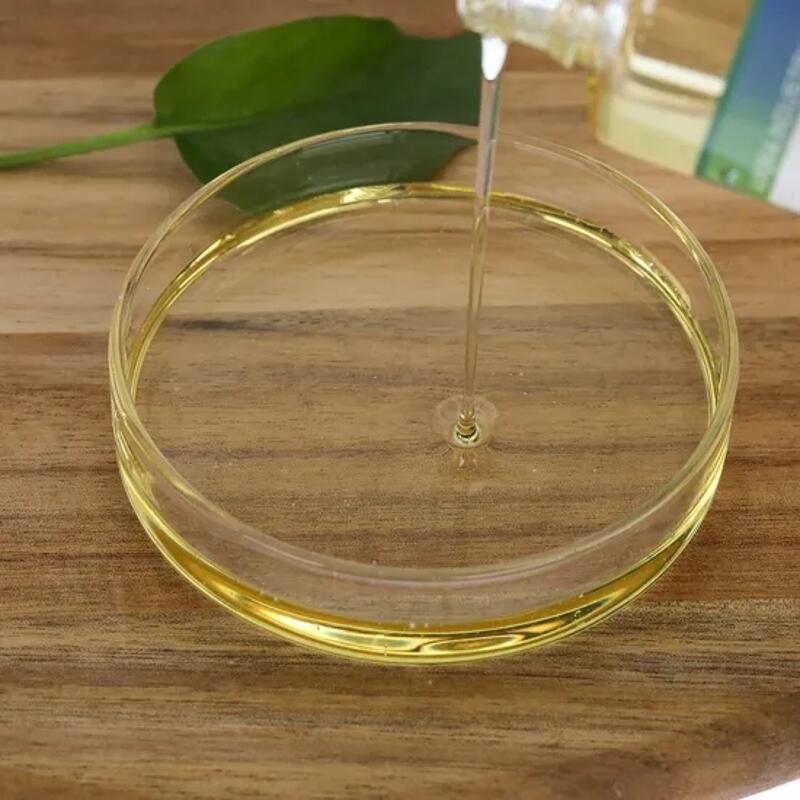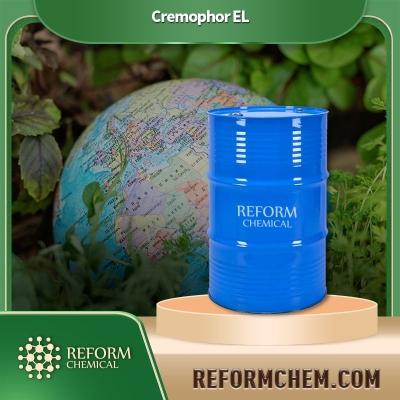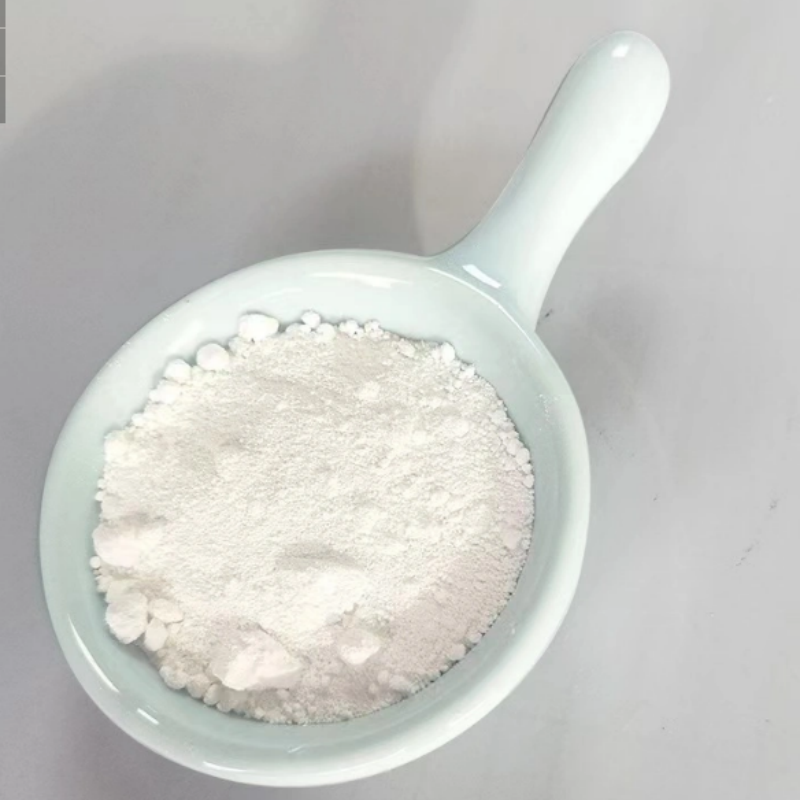-
Categories
-
Pharmaceutical Intermediates
-
Active Pharmaceutical Ingredients
-
Food Additives
- Industrial Coatings
- Agrochemicals
- Dyes and Pigments
- Surfactant
- Flavors and Fragrances
- Chemical Reagents
- Catalyst and Auxiliary
- Natural Products
- Inorganic Chemistry
-
Organic Chemistry
-
Biochemical Engineering
- Analytical Chemistry
-
Cosmetic Ingredient
- Water Treatment Chemical
-
Pharmaceutical Intermediates
Promotion
ECHEMI Mall
Wholesale
Weekly Price
Exhibition
News
-
Trade Service
Konjac gum, also known as konjac flour, konjac glucomannan (KGM), is a hydrogel-like polysaccharide extracted from the underground tubers of the perennial Araceae herb konjac, and its main component is glucomannan
Konjac gum is a soluble dietary fiber with high viscosity.
Reduce fat and improve taste
Adding an appropriate amount of konjac gum to low-fat meat products can reduce fat and improve taste
Studies have shown that konjac gum is used as a fat substitute in low-fat meat products and is stable under refrigerated storage conditions
Sausage is one of the most common low-fat meat products on the market.
Some researchers replaced animal fat with konjac gum and added it to fermented dry sausage to study the effect of konjac gum on the quality of sausage
Meatballs are also a very common low-fat meat product on the market.
Modified Konjac Gum has a wide range of applications
KGM itself has strong water absorption and is easy to swell in water, but the formed sol has poor rheology and stability, which limits its application field.
Application of Konjac Gum in Low-fat Meat Products by Physical Modification
Application of konjac gum and other food gums in low-fat meat products in the form of compounding performance, so the application prospect is more promising
Konjac gum and xanthan gum, konjac gum and carrageenan have good synergistic function.
Zhang Ke and other researchers used pork and duck meat as raw materials to process Western-style enema.
Wang Zhengrong et al.
The combination of konjac gum and high-quality oil becomes a compound lipid substitute in low-fat meat products.
When the researchers replaced the fat in fresh lamb sausages with konjac gum, the shelf life and biogenic amine content of the sausages when refrigerated were not affected by the fat substitute
The researchers used konjac gum combined with healthy oils (olive oil, flaxseed oil, fish oil) as a fat substitute to add to frankfurters, and the results showed that the fat content of the sausage was reduced, and the content of functional fatty acids such as alpha-linolenic acid (ALA) has been improved
Application of Konjac Gum in Low-fat Meat Products by Chemical Modification
Deacetylation of konjac gum in low-fat meat products can form thermally reversible and thermally irreversible gels under different conditions
Tang Dan and other researchers added konjac gum powder into an aqueous solution to obtain modified konjac gum, put the marinated meat pieces into a meat grinder, smashed them into minced meat, and then added the modified konjac gum into the minced meat, stirring with Stir and mix evenly and shape
.
The results show that adding modified konjac gum can improve the elasticity of meatballs, reduce the water loss rate, the quality remains unchanged after high temperature heating, and the meatballs also contain dietary fiber konjac gum
.
The application of konjac gum graft copolymerization modification in low-fat meat products can prevent meat products from water and oil precipitation, and improve the adhesion of meat products; its emulsification and reorganization process The combination of the mixing link can improve the adhesion between the dissolved muscle protein in the meat emulsion product and the meat emulsion
.
Chen Jie and other researchers added KGM and its derivative KSAP to poultry meat reconstituted (duck and goose) ham.
The sensory evaluation results showed that the sensory properties of the reconstituted ham were improved, and the surface oil and water were reduced.
It is beneficial to the fusion of poultry meat; the tissue density is enhanced, the hardness, cohesion and chewiness are reduced, and the elasticity is improved
.
When producing low-fat meat products, it is not only necessary to reduce the fat content and cost on the basis of ensuring the quality of meat products, but also to strictly control the amount of konjac gum added, so as to produce products that meet the needs of consumers
.
As people's consumption concept of meat products changes from "quantity" to "quality", it is a healthier development trend to reduce high-fat meat products to low-fat.
Therefore, the application of konjac gum in low-fat meat products will be more extensive.
.
(Source: Food R&D and Production)
"China Food News" (May 31, 2021 06 edition)
(Editor-in-charge: Yuan Guofeng)







